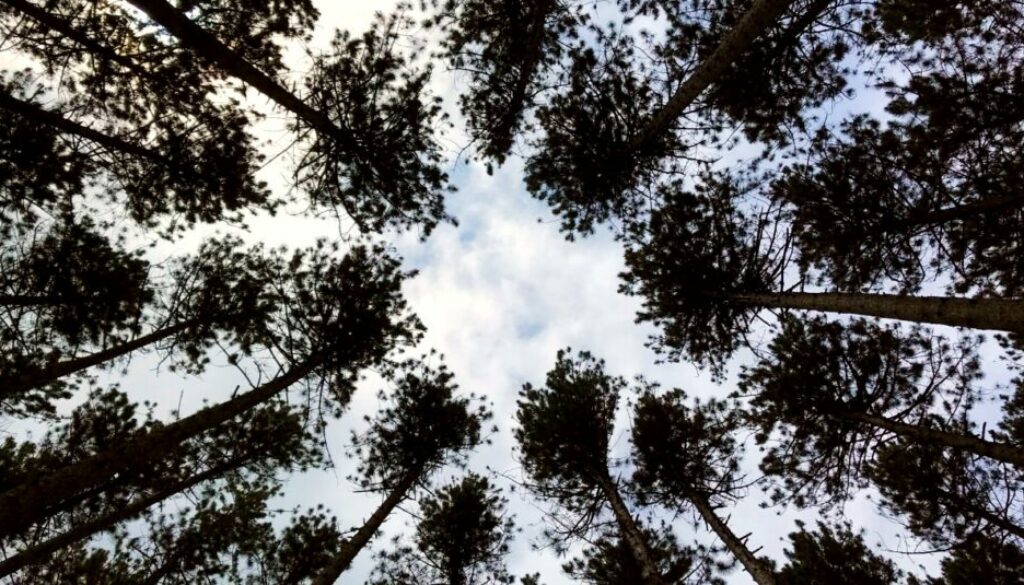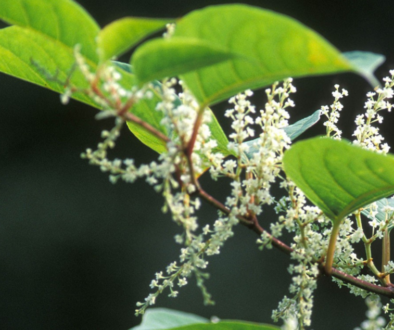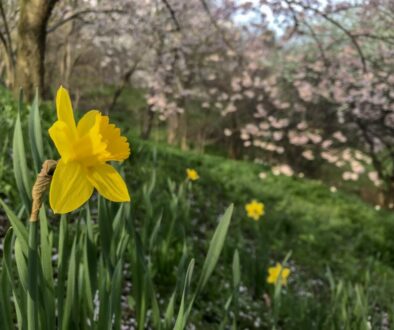Native Plants Feed Our Ecosystem
I’ve been interested in native plants for a long time but I always looked at ornamental trees, shrubs, and perennials from other parts of the world as valuable additions to our landscapes. After reading Doug Tallamy’s books (Nature’s Best Hope, Bringing Nature Home, and The Nature of Oaks), I’ve realized that every non-native plant that we use in the landscape is a lost opportunity to feed our ecosystem at a time when that local ecosystem is struggling to sustain itself. I won’t immediately remove all the non-native plants in my yard, but I will not plant any new ones. All those berries that you see on some non-native plants might not feed any of our native creatures. The fact that my non-native plants have almost no signs of caterpillars or other insects eating the leaves is no longer a positive characteristic. Those pristine leaves are a sign that those plants fail to provide food for caterpillars which are essential food for our birds.
Invasion Of The Aliens
Sometimes non-native insects like the Spongy Moth (formerly Gypsy Moth) overrun our forests but that is precisely because the native birds don’t eat them, or at least not very many of them. The sticky tape that people use to keep the Spongy Moth caterpillar from climbing their tree will also keep other caterpillars from reaching the ground to pupate, so once the worst of the Spongy Moth infestation has moved out of our area, you should remove that sticky tape.
The Superpower Of The Mighty Oak
Now I understand several key reasons for the decline in insects and therefore birds because the landscapes around us are filled with mostly grass and non-native ornamentals. Lawns are a virtual monoculture of a few varieties of grass, and support only a few moths, butterflies, and birds. Robins love the worms if you aren’t using pesticides and the larvae of the June Bugs (European Chafers) love to eat the roots of your grass, but that is about it. In contrast an oak tree might host over 550 different species of moths and butterflies in our region. The caterpillars from these species are a key food for migrating birds and nesting birds like Chickadees. A pair of Chickadees will catch 6,000-9,000 caterpillars to raise one clutch of eggs.
Start Small Perhaps, But Start Soon
You don’t need to have acres of land to create a natural habitat and have a significant impact on our ecosystem. In the past ten years I have raised over 1,000 Monarchs from eggs that were laid on the Common Milkweed and Swamp Milkweed that are intermixed with all the other plants in my City of Rochester 1/10 acre yard. You can feed the ecosystem by planting a few pots, eliminating grass in a portion of a side yard or backyard. Nature will appear almost overnight.




